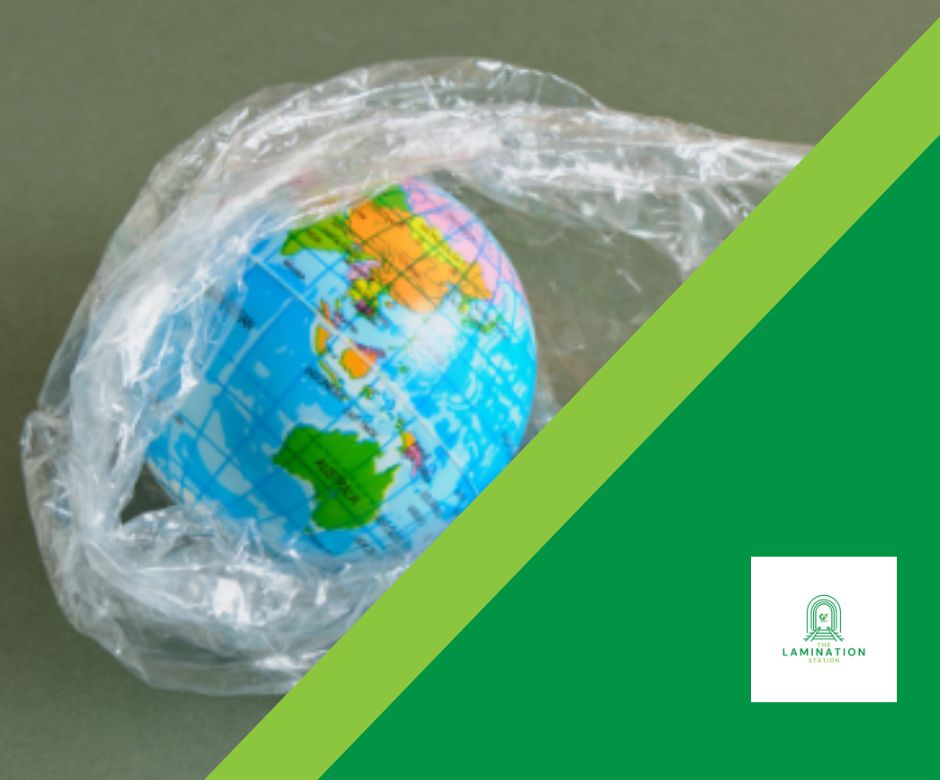Plastic Packaging Tax: Implications and Sustainable Practices for the Lamination Industry
Plastic packaging has long been a staple in various industries, including the lamination sector, due to its versatility and cost-effectiveness. However, the environmental impact of plastic waste has reached critical levels, prompting governments and industries worldwide to seek alternative solutions. It’s been over a year since the Plastic Packaging Tax (PPT) was introduced in the UK. This government initiative aims to reduce plastic waste by encouraging businesses to incorporate more recycled plastic into their packaging. The tax applies to all plastic packaging manufactured or imported into the UK, requiring it to contain at least 30% recycled plastic. Initially set at £200 per tonne, the tax rate increased to £210.82 as of April 2023. In this blog, we delve into the Plastic Packaging Tax, its implications for the lamination industry, and strategies for adopting sustainable practices.
Understanding the Plastic Packaging Tax
The Plastic Packaging Tax is a policy introduced to discourage the use of plastic packaging and promote sustainability. By taxing plastic packaging that doesn’t meet recycled content thresholds, governments drive the industry toward sustainable and recyclable solutions. This initiative encourages businesses to transition to environmentally responsible practices.
Implications for the Lamination Industry
While the Graphic Arts Industry remains largely unaffected, the lamination industry’s packaging and labelling sectors have experienced noticeable effects. Businesses must reassess their packaging strategies to reduce their plastic footprint or risk financial penalties and a loss of competitive advantage. Embracing sustainable practices is crucial to thriving in this evolving landscape.
Economic Impact of the Plastic Packaging Tax
Since its implementation in 2022, the Plastic Packaging Tax has significantly impacted businesses using less sustainable packaging. The revenue generated has
exceeded government targets, driving innovation and the launch of alternative solutions. While some companies objected to its implementation, others adapted by exploring sustainable materials and practices.
Embracing Sustainable Alternatives
To comply with the Plastic Packaging Tax and contribute to sustainability, the lamination industry should embrace the following alternatives:
- Incorporate Recycled Material: Utilise post-consumer recycled content to reduce reliance on virgin plastics and contribute to the circular economy.
- Biodegradable and Compostable Materials: Explore options that naturally break down, minimising environmental impact.
- Innovative Solutions: Collaborate with lamination experts to adopt bio-based materials and new technologies aligned with customer preferences.
- Collaboration and Supply Chain Engagement: Communicate sustainability goals to suppliers, encouraging them to provide eco-friendly materials and fostering collective responsibility toward environmental conservation.
- Education and Consumer Awareness: Highlight sustainable efforts through marketing campaigns and social media to educate consumers about the importance of eco-friendly practices.
How Gif Products Handled the New Tax
At Gif Products, a company committed to eco-conscious practices, the impact of the Plastic Packaging Tax has been minimal. Gif Products swiftly introduced a wide range of sustainable lamination films, reinforcing its dedication to environmental responsibility.
Conclusion
The Plastic Packaging Tax has significantly influenced the market, pushing businesses toward more sustainable options. The increase in the tax rate underscores the importance of eco-friendly practices and is expected to fuel continued innovation in packaging and print.
By adopting sustainable materials and practices, businesses in the lamination sector can comply with regulations and gain a competitive edge in an environmentally conscious market. Incorporating recycled materials, biodegradable options, and innovative solutions will reduce the carbon footprint and contribute to a circular economy.
As we navigate this changing landscape, it is vital to remember that the Plastic Packaging Tax is one step toward a more sustainable future. Collaboration, innovation, and consumer education will drive meaningful change. Together, we can create a lamination industry that meets regulatory requirements, minimises its ecological footprint, and protects the planet for future generations.

